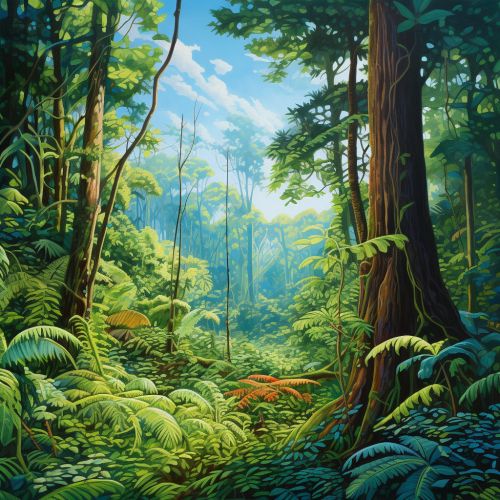Borneo Rainforest
Overview
The Borneo rainforest is one of the oldest rainforests in the world, estimated to be about 130 million years old. It is located in the center of the island of Borneo, which is the third-largest island in the world and is shared by three countries: Indonesia, Malaysia, and Brunei. The rainforest is a significant biodiversity hotspot, home to a vast array of plant and animal species, many of which are endemic to the region.


Geography and Climate
The Borneo rainforest spans an area of approximately 220,000 square kilometers. It is characterized by a tropical climate, with high humidity and temperatures averaging around 27°C (80°F) throughout the year. The region experiences two monsoon seasons, the Southwest Monsoon (May to September) and the Northeast Monsoon (November to March), with a relatively dry period in between.
Biodiversity
The Borneo rainforest is renowned for its extraordinary biodiversity. It is home to an estimated 15,000 plant species, including the world's largest flower, the Rafflesia, and the tallest tropical tree, the Shorea. The forest also provides habitat for a diverse range of animal species, including the orangutan, the pygmy elephant, and the clouded leopard, all of which are endemic to Borneo.
Conservation Efforts
Conservation efforts in the Borneo rainforest are primarily focused on protecting its unique biodiversity and combating deforestation. Numerous non-governmental organizations, such as the WWF, are actively involved in these efforts, working in collaboration with local communities and governments.
Threats and Challenges
The Borneo rainforest faces significant threats, primarily from deforestation due to logging, palm oil plantations, and mining. Climate change also poses a significant challenge, with rising temperatures and changing rainfall patterns potentially impacting the delicate balance of the rainforest ecosystem.
